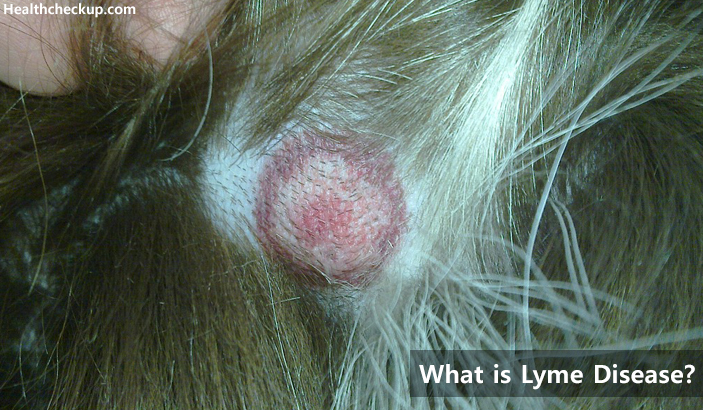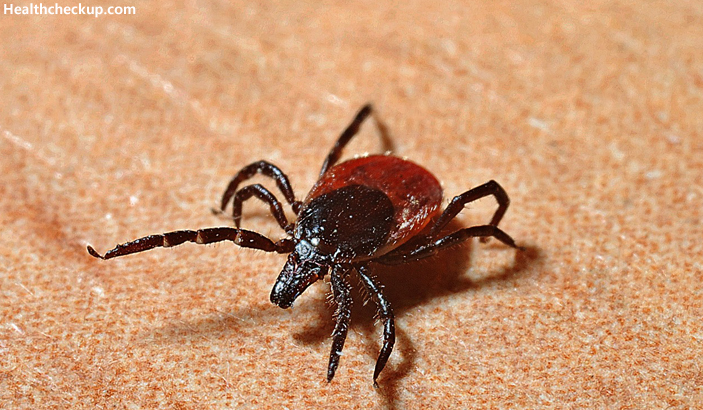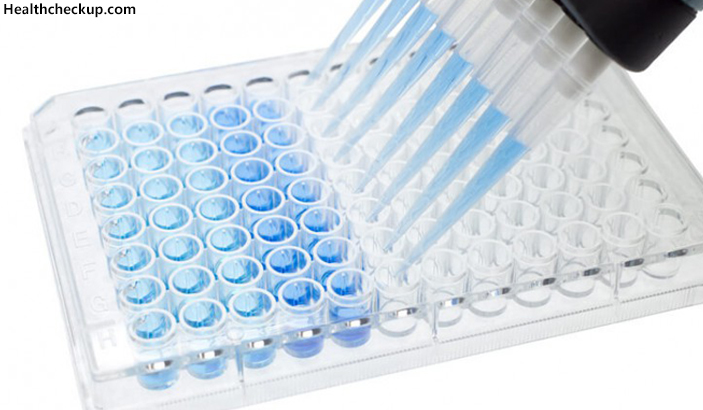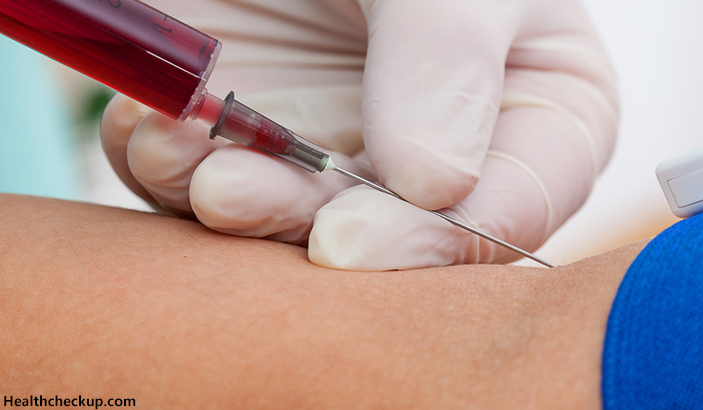Did you know that Lyme disease affects many people in a year? People are however not aware of what Lyme disease actually is, how it is treated and what the symptoms of this disease are. This article would give readers a brief insight into Lyme disease, its symptoms, lyme disease test precedure, treatment, and recovery process.
What is Lyme Disease?
What is Lyme disease? Lyme disease is a disease, which is spread by a bite from a tick that has already been infected by the bacterium, which is called Borrelia burgdorferi. It is mainly said to be a bacterial infection that can spread to humans really fast by these infected ticks. Ticks, in turn, get this infection by biting infected animals like deer as well as mice. Not all ticks are however infected.
It is seen that the longer the tick is attached to the body; the probability of getting infected is higher. This disease can easily be treated if it is diagnosed early. Lyme disease can be diagnosed with the help of a Lyme disease test. Even though it is seen that the Lyme disease is one of the most common arthropod-borne disorders and a lot of cases are reported every year, its treatment and diagnosis can be really challenging due to various manifestations and limitations.
The Symptoms of Lyme Disease
Lyme disease can be treated if diagnosed from the very first stage. These are the stages of how a Lyme disease slowly increases with time.
- The Early Stage: People infected by an infected tick will experience some symptoms within one to four weeks. You would witness a circular red rash, which keeps on expanding with time at the site of the bite. Some people also experience chills, flu like symptoms, fever, headaches, joint pain, muscle aches and fatigue.
- The Middle Stage: If the disease is not detected and treated at the early scene, this red rash like symptom can spread to all the other parts of the body and can eventually affect your joints, nervous system and your heart as well causing a heart attack. This can however take several years or so to go to a severe stage. You could also witness new rashes in other parts of the body, and seasonal weakness in the joints and muscles. Poor memory, memory loss, and facial muscle paralysis are also prevalent at this stage.
- The Later Stage: This is the last stage of the disease, which may be caused if you have not been able to diagnose the disease and started treatment. At this stage, joint pains and inflammation in the joints are apparent, along with itching feeling. Abnormal sensation in the nervous system, confusion, and irregular heart beat of the heart muscle.
How Prevalent is Lyme Disease?
Around 30,000 cases of Lyme disease are reported every year. The infection is more common in males up to 15 years of age, and between the ages of 40 and 60 and people who go out for regular camping, hiking and trekking may also acquire this disease quickly.
How can you Diagnose Lyme Disease?
If you want to diagnose Lyme disease, doctors can do so with the help of physical findings like a bull’s eye rash test along with symptoms. All people affected by Lyme disease do not have rashes. Well, in this case, you will get a few particular kinds of blood tests that can be easily performed three to four weeks after you are diagnosed to confirm the same. Tests like the spinal tap or a skin biopsy can be done to confirm the same.
The Lyme Disease Blood Test Procedure
Lab tests to identify any kind of antibodies to the bacteria can help confirm the disease. These tests are reliable enough for you to understand that you have Lyme disease. The Lyme disease blood test procedure can be conducted in two ways. Below are the two blood test procedures for Lyme disease.
-
Enzyme-Linked Immunosorbent Assay (ELISA) Test
This blood test is mostly conducted to detect Lyme disease. ELISA helps to identify antibodies to the burgdorferi bacterium. It can however sometimes provide false positive results, and thus there are other tests as well for double confirmation. This test may not be confident during the early stages of the disease; however, the rash is easily seen.
-
The Western Blot Test
The Western blot test is usually performed after the ELISA test. This is a two-step approach. The Western blot helps to detect the antibodies to several proteins of B. burgdorferi. According to the various criteria, it is cleared that a Western blot uses electricity to split specific proteins in your blood into patterns. This is then compared to the design of people known to have Lyme disease. If at least five bands match, you may understand that you have Lyme disease.
-
The IgM and IgG Antibody Test
The IgM antibody is a large molecule that you would find in your blood if you have the infection and the IgG antibody is another molecule that helps to fight the bacterial infection. These two tests are performed at the beginning, and if the results are positive for these antibodies, you probably may be having the Lyme disease.
It is always better to do all the tests at the same time as the test results may not be the same at all times. Lyme disease is also known as the great Imitator as it resembles various other health conditions. Thus many other blood tests may be done to rule out the probability of other diseases. These are the different Lyme disease test procedures that may be performed to diagnose the disease. The Lyme disease test is the best way to understand the prevalence of the disease.
The Lyme Disease Test Results
Are the Lyme disease test results always right? Not still, there may be chances of a wrong effect as well. False positive test results can actually be caused by the cross-reaction with another kind of conditions like the Epstein Barr virus, rheumatoid arthritis, and other autoimmune conditions.
The Positive Reasons for a Negative Test in a Person who has Lyme Disease may be the Following:
- In many cases, it is found that the test was not done aptly in the right procedure. The analysis may also have been carried out too early. In the first six weeks, antibodies do not develop sufficiently, and it can take longer as well. If you feel that you have Lyme disease, then this should be treated immediately.
- The person may have had antibiotics or immuno suppressant at the time of the infection, and thus you may not have received positive test results. There are times when a person does not understand that he is infected with Lyme disease and treatment for some other illness by having steroids and other medications.
- The person was infected by a strain of the bacterium that produces antibodies, which the test did not recognize.
- The person has a prolonged immune response- this is possible in aged people and pregnant women
- LISA or Western Immunoblot may not be able to recognize the antibodies
Blood Tests Following the Treatment
If the person is not diagnosed with Lyme disease, then repeated tests may be performed following the procedure. If the patient has a relapse, then repeated tests may again be performed. The other kinds of tests are culture test, microscopy, Focus floating microscopy, Polymerase chain reaction, Cerebrospinal fluid tests for antibodies, and routine blood tests like CRP, ESR, CD57 tests, blood counts, etc.
Blood tests are performed in public hospitals as well as pathological laboratories.
The Costs of Lyme Disease Test
The blood tests for Lyme disease cost you around $230 in addition to the doctor’s appointment. The blood tests are different rates in different places. However, it might be different if you are conducting the blood test from some other countries or locations because the medical cost of a trial depends heavily on the neighborhoods, cities, and states from where you are availing the test.
When do you need a Blood Test for Lyme Disease?
If you get a blood test done just after the tick has bit you, it would be of no use. People who usually become infected will not have a positive blood test until approximately two to six weeks after the infection develops.
Lyme Disease Treatment
Persistent Lyme disease can be treated with intravenous antibiotics for a period of around 14 to 21 days. Long-term treatment can reduce the infection, and the symptoms would slowly improve as well. Relentless symptoms occur in people who are prone to autoimmune disease. The disease can be prevented by avoiding tick bites when you are outdoors and by using a lot of insect repellent generously on your body.
Also, clear your yard of all ticks and dirt. If you see ticks on your skin, then remove it with tweezers. The best part is here; you can easily apply the tweezers near the head or the mouth and pull gently. If you know that a tick has bitten you, then contact the doctor immediately.
The doctor will check you for infection and prescribe antibiotics or also ask you to get a blood test done. The Lyme disease test is simple and at the same time reliable as well.
Medically Reviewed By












